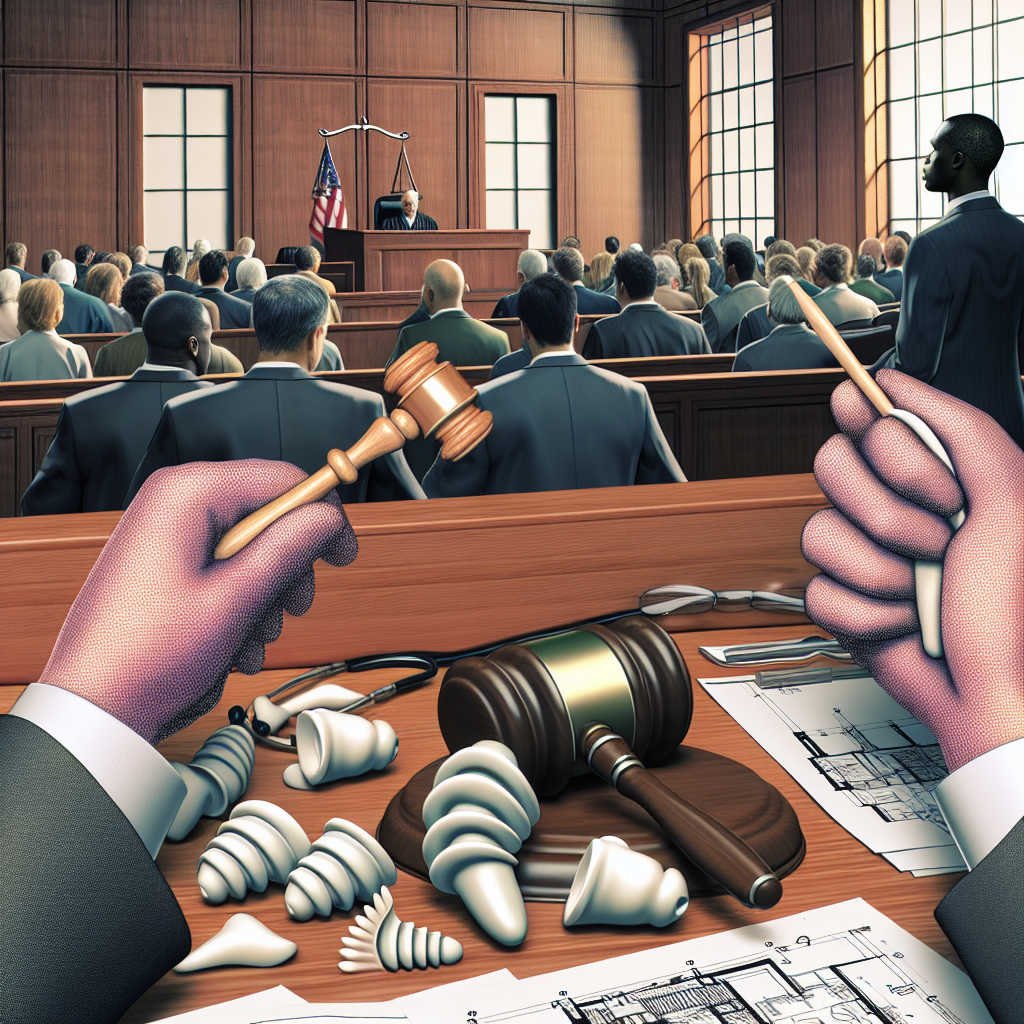Ear Plug Lawsuit: Seeking Justice for Hearing Loss

Ear plugs are commonly used to protect our ears from loud noises, whether it’s at a concert, on a construction site, or during sleep. However, what happens when the very product designed to safeguard our hearing ends up causing harm? This is the unfortunate reality for many individuals who have filed ear plug lawsuits against manufacturers. In this article, we will explore the details of these lawsuits, the reasons behind them, and the potential outcomes for those seeking justice.
The Allegations
Ear plug lawsuits typically revolve around claims of defective products and failure to warn consumers about potential risks. Many plaintiffs argue that the manufacturers knew about the defects but failed to disclose them, leading to irreversible hearing damage. Some of the common allegations include:
- Design flaws that prevent proper noise cancellation
- Inadequate instructions for use
- Failure to warn about potential side effects
- Insufficient testing and quality control
These allegations have prompted a wave of lawsuits against major ear plug manufacturers, such as 3M, which has faced thousands of claims related to its Combat Arms Earplugs Version 2 (CAEv2). The CAEv2 was widely used by military personnel to protect against loud explosions and gunfire.
The Impact
Hearing loss is a serious issue that can significantly impact a person’s quality of life. It can lead to communication difficulties, social isolation, and even depression. According to the World Health Organization, over 466 million people worldwide suffer from disabling hearing loss, and this number is expected to rise.
Ear plug lawsuits aim to hold manufacturers accountable for their negligence and seek compensation for the physical, emotional, and financial damages caused by hearing loss. By shedding light on the potential dangers of defective ear plugs, these lawsuits also serve as a wake-up call for manufacturers to prioritize consumer safety.
The Legal Process
Individuals who believe they have suffered hearing loss due to defective ear plugs can file a lawsuit against the manufacturer. The legal process typically involves the following steps:
- Finding a qualified attorney specializing in product liability cases
- Gathering medical records and evidence of hearing loss
- Filing a complaint with the appropriate court
- Engaging in the discovery process, where both parties exchange relevant information
- Attempting to reach a settlement or proceeding to trial
- Presenting evidence and arguments in court
- Awaiting the court’s decision and potential compensation
The Potential Outcomes
Ear plug lawsuits can result in various outcomes, depending on the circumstances of each case. Some potential outcomes include:
- Financial compensation for medical expenses, lost wages, and pain and suffering
- Product recalls and improved safety standards
- Increased awareness about the risks of defective ear plugs
- Changes in regulations and stricter oversight of ear plug manufacturers
Conclusion
Ear plug lawsuits highlight the importance of consumer safety and the need for manufacturers to prioritize quality control. By seeking justice for hearing loss caused by defective ear plugs, plaintiffs hope to not only receive compensation but also raise awareness about the potential risks associated with these products. As the legal process unfolds, it is crucial for manufacturers to take responsibility and ensure that their ear plugs provide the necessary protection without compromising the well-being of their users.







